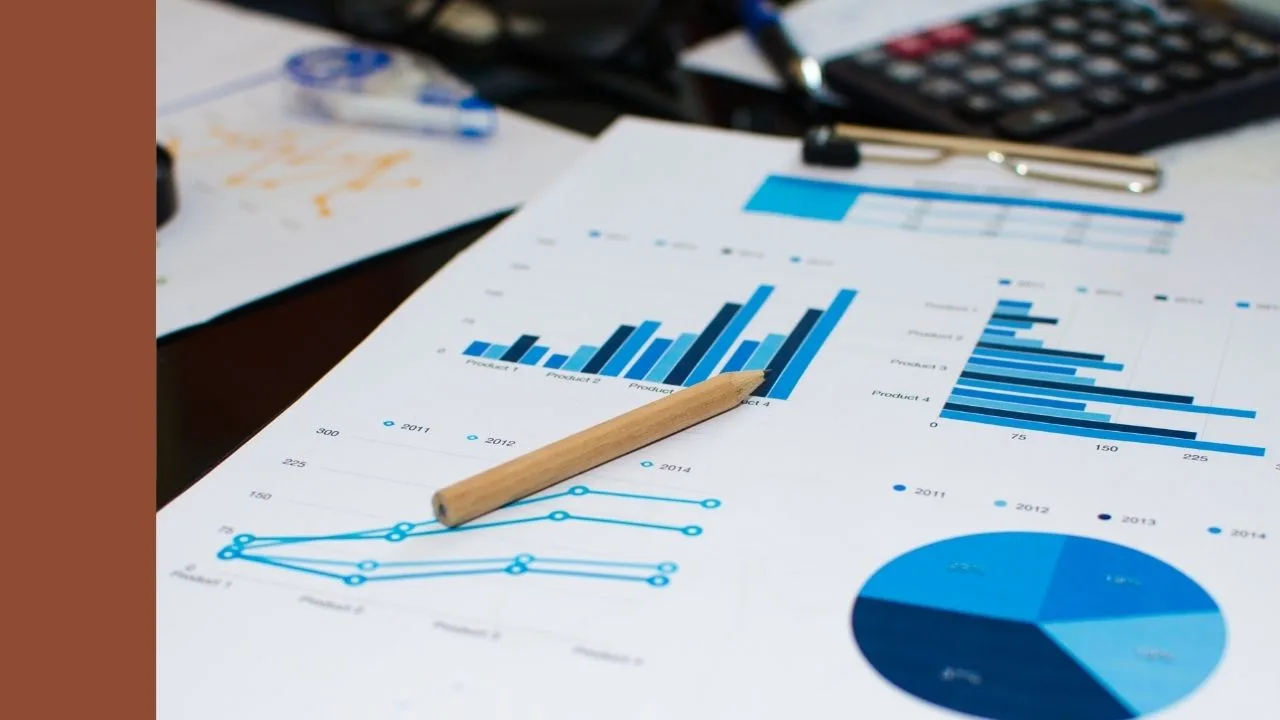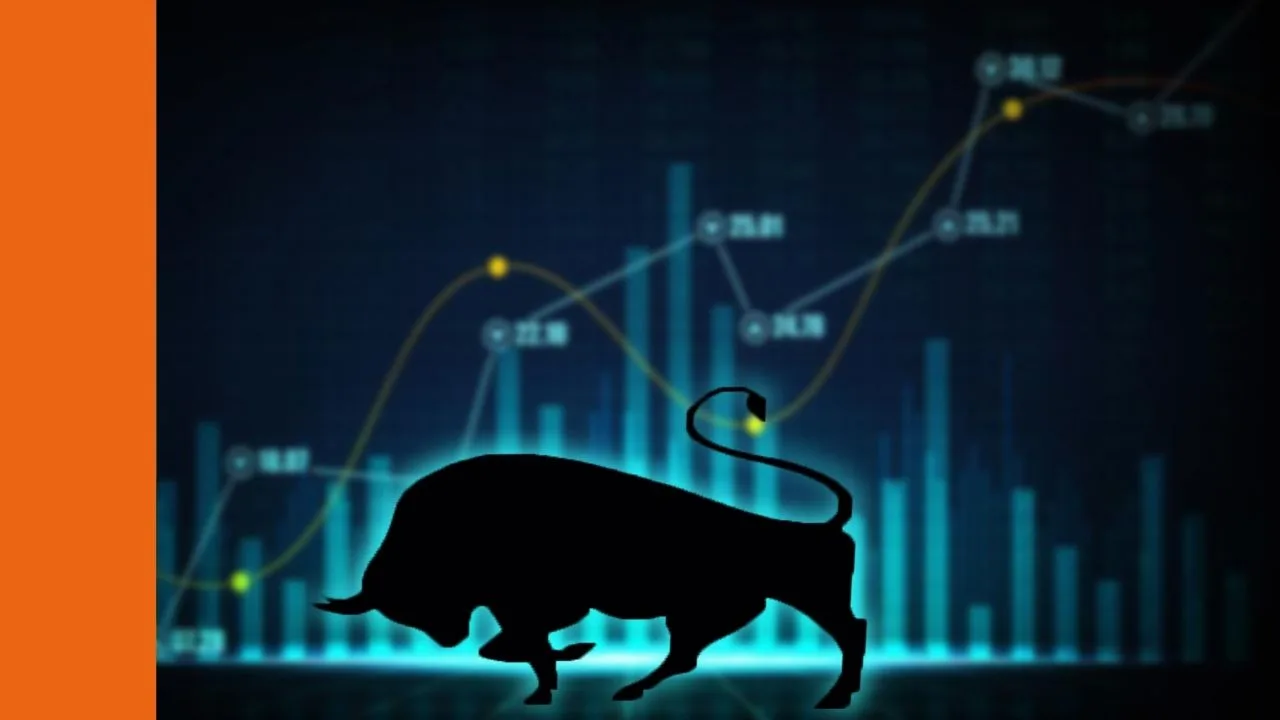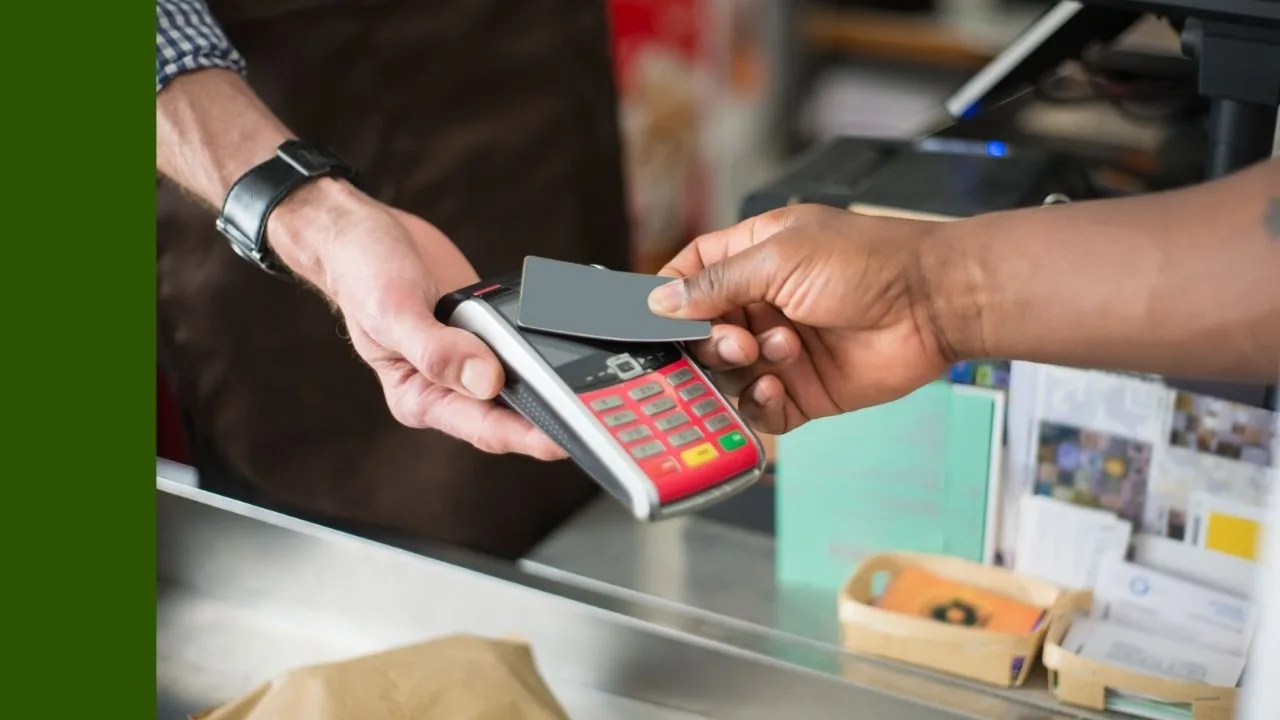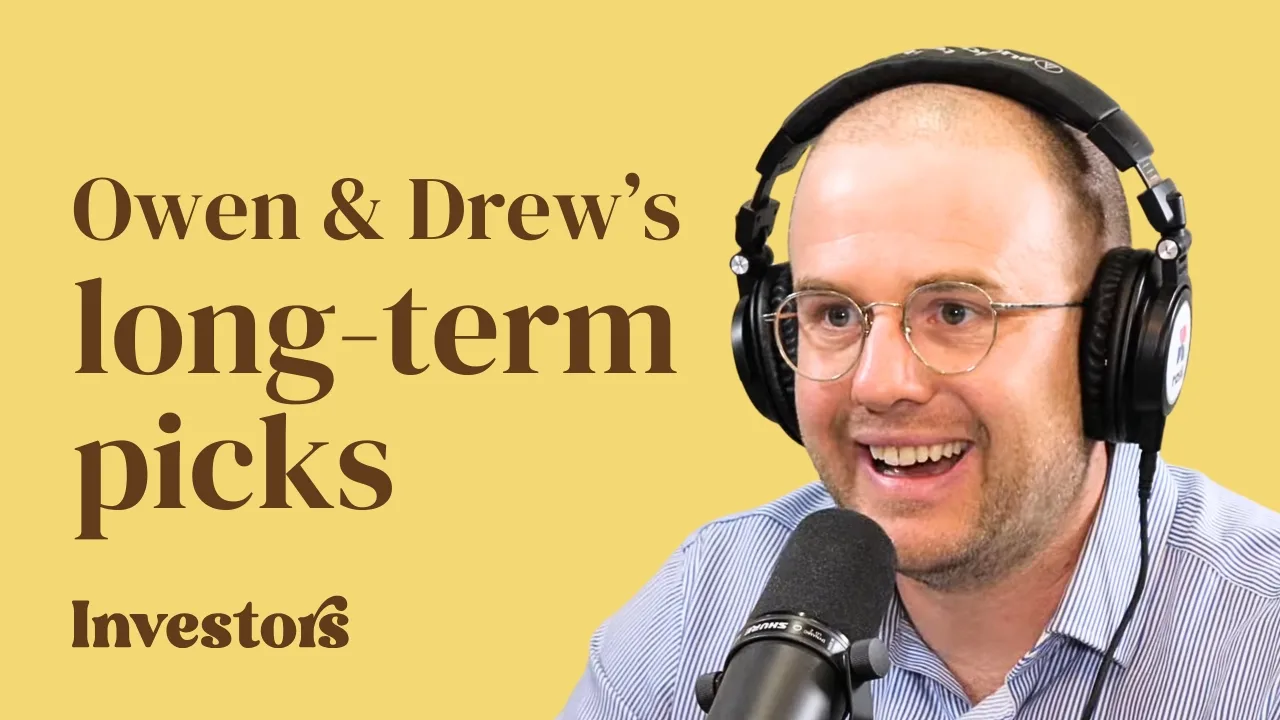XRO share price in focus
Founded in 2006 in Wellington, New Zealand, by Rod Drury, Xero has grown into a global leader in cloud-based accounting software. Under Drury’s leadership until 2018 and under a new CEO since, the company has expanded to employ over 3,000 people and now serves millions of subscribers worldwide.
Xero’s “beautiful accounting software” is designed primarily for accountants and bookkeepers, enabling them to better serve small business clients. It offers real-time financial data accessible on any device, empowering small business owners and their advisors with up-to-date insights.
Xero’s core cloud accounting platform is widely used in New Zealand, Australia, the UK, and, to a lesser extent, the United States.
The key metrics
For investors, XRO’s revenue, gross margin, and profit can provide valuable insights into the company’s performance.
XRO last reported an annual revenue of $1,714m with a compound annual growth rate (CAGR) over the last 3 years of 26.4% per year. While the absolute number is useful to know, the key point is the trend. We want to see a consistent, upward trajectory in revenue.
Gross margin measures profitability before taking into account overhead costs – it reflects the strength of the company’s core business operations. XRO’s latest reported gross margin stood at 88.2%.
Finally, the number we’re most interested in – profit. Last financial year Xero Ltd reported a profit of $175m. Three years ago they made a loss of -$9m, so it’s positive to see how profits have recovered.
Financial health of XRO shares
Profitability is important, but equally important is the capital health of the company. We want to know about the company’s leverage, their capacity to pay debts, and their ability to generate a return on assets. One measure we can look at is net debt. This is simply the total debt minus the company’s cash holdings.
Xero Ltd’s net debt currently sits at -$306m. A negative value here indicates that the company has more assets than debt, suggesting XRO is in a stong financial position.
Another figure we can look at is the debt/equity percentage. This tells us how much debt the company has relative to shareholder equity – this is also known as leverage. XRO has more equity than debt, with a debt/equity ratio of 87.9%.
Finally, we can look at the return on equity (ROE). The ROE tells us how efficiently the company is turning shareholder equity into profit – high numbers indicate the company is generating a lot of value for investors, while a low number raises concerns that capital isn’t necessarily being allocated efficiently. XRO generated an ROE of 14.3% in FY24.
What to make of XRO shares?
With strong revenue growth over the last 3 years, profits trending upwards, and a solid ROE, the XRO share price could be one worth watching in 2025.
Please keep in mind this should only be the beginning of your research. It’s important to get a good grasp of the company’s financials and compare it to its peers. It’s also important to make sure the company is priced fairly. To learn more about share price valuation, you can sign up for one of our many free online investing courses.







